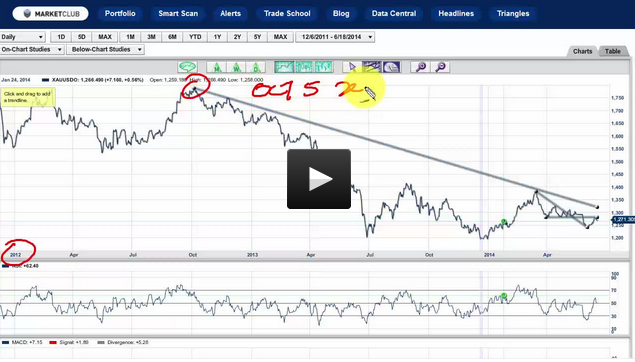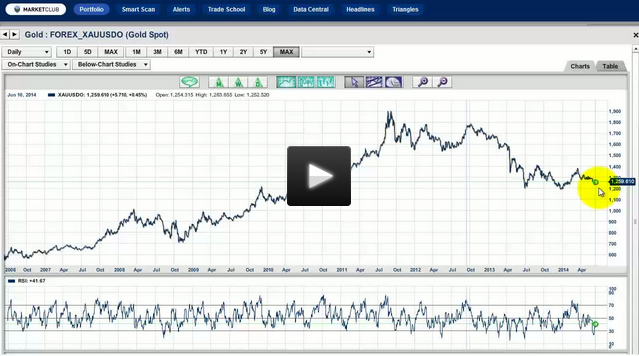By Elliott Wave International
Very few people know that the United States did not create a monetary unit pegged to "buy" some amount of metal, as if the dollar were some kind of money independent of metal.
In 1792, Congress passed the U.S. Coinage Act, which defined a dollar as a coin containing 371.25 grains of silver and 44.75 grains of alloy. Congress did not say a dollar was worth that amount of metal; it was that amount of metal. A dollar, then, was a unit of weight, like a gram, ounce or pound. Since the alloy portion of the coin was nearly worthless, a dollar was essentially defined as 371.25 grains -- equal to 24.057 grams, or 0.7734 Troy oz. -- of pure silver. (15.43 grains = 1 gram, and 480 grains = 1 Troy ounce.)
In a nutshell, a dollar was equal to a bit more than 3/4 of an ounce of silver; or, in reverse, an ounce of silver was equal to $1.293.
The same act declared that a new coin, called an Eagle, would consist of 247.5 grains of gold and 22.5 grains of alloy. It valued this coin by law at ten dollars, meaning 3712.5 grains of silver. Continue reading "The Government's Disastrous Reign over U.S. Money" →




